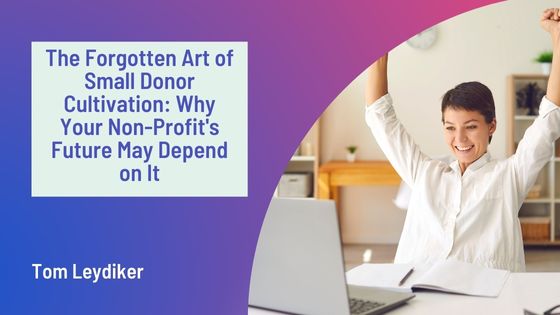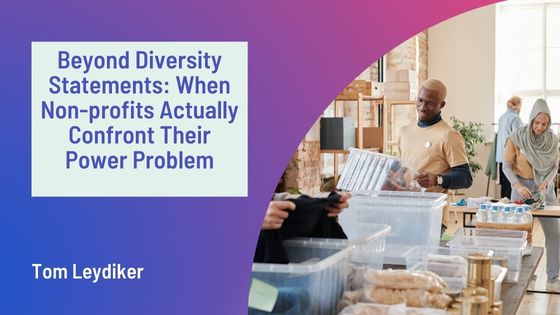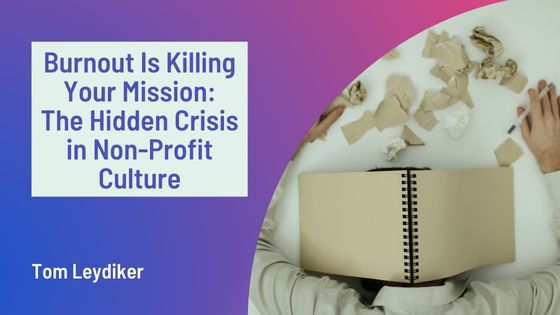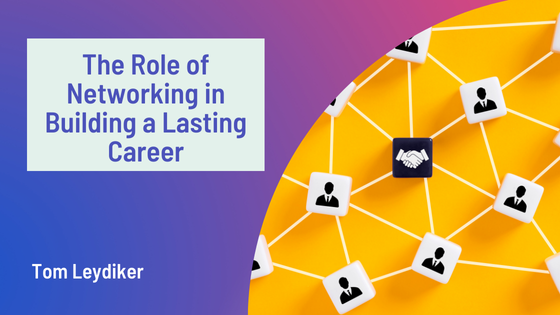In today’s philanthropy landscape, non-profits often chase the elusive “big fish” – those high-net-worth donors who can transform an organization with a single check. But this pursuit comes at a cost, one that many organizations fail to recognize until it’s too late: the neglect of small donor cultivation.
Small donors – those giving anywhere from $5 to $100 – might seem insignificant when compared to major gifts. However, this perception overlooks their collective power and long-term value. Organizations fixated on securing major donations often miss the sustainable foundation that a robust small donor program can provide.
Consider the case of the Environmental Defense Coalition, which faced a funding crisis when three major donors simultaneously reduced their support due to economic downturns. Meanwhile, their competitor, TreeKeepers Alliance, weathered the same economic storm with minimal disruption thanks to their 15,000 small monthly donors whose collective contribution formed nearly 60% of their operating budget.
The beauty of small donor programs lies in their resilience through diversification. When your funding comes from thousands of sources rather than a handful, you’re inherently protected against sudden shifts in donor priorities or financial circumstances. This stability allows for better strategic planning and program consistency – crucial elements for achieving long-term mission impact.
Building a small donor program requires intentional investment. Many organizations make the mistake of treating small donors as an afterthought, assigning them to junior staff or automated systems with minimal personalization. The most successful small donor programs are those that make people feel valued regardless of their giving capacity.
Digital engagement has revolutionized small donor cultivation. Platforms like Patreon and subscription giving models have demonstrated that people are willing to commit to ongoing support when they feel connected to a cause. Monthly giving programs, in particular, have proven transformative for non-profits that implement them effectively.
The Community Water Project, for example, transformed their financial outlook by focusing on converting one-time donors into monthly supporters. Their “Water Guardians” program, which started with just 50 members, now encompasses over 8,000 monthly donors who provide predictable revenue that covers all administrative costs.
The psychological aspects of small donor engagement differ significantly from major donor cultivation. While major donors often seek influence and recognition, small donors are typically motivated by emotional connection to the mission and tangible impact stories. They want to feel part of a community working toward meaningful change.
To build an effective small donor program:
- Create specific entry-point campaigns with low barriers to participation
- Develop thoughtful communication streams that educate and inspire
- Provide multiple engagement opportunities beyond financial contributions
- Make impact reporting accessible and relatable
- Build community among supporters through shared experiences
- Offer clear pathways for increased involvement over time
Perhaps most importantly, recognize that today’s small donors may become tomorrow’s major supporters. Many significant philanthropists begin their giving journey with modest donations to causes they care about, gradually increasing their support as their connection deepens and their financial capacity grows.
The Forgotten Art of Small Donor Cultivation isn’t merely about securing numerous small gifts – it’s about building a community of passionate advocates who collectively sustain your mission through both financial support and amplification of your message. In uncertain economic times, this community might very well determine whether your organization merely survives or truly thrives.







